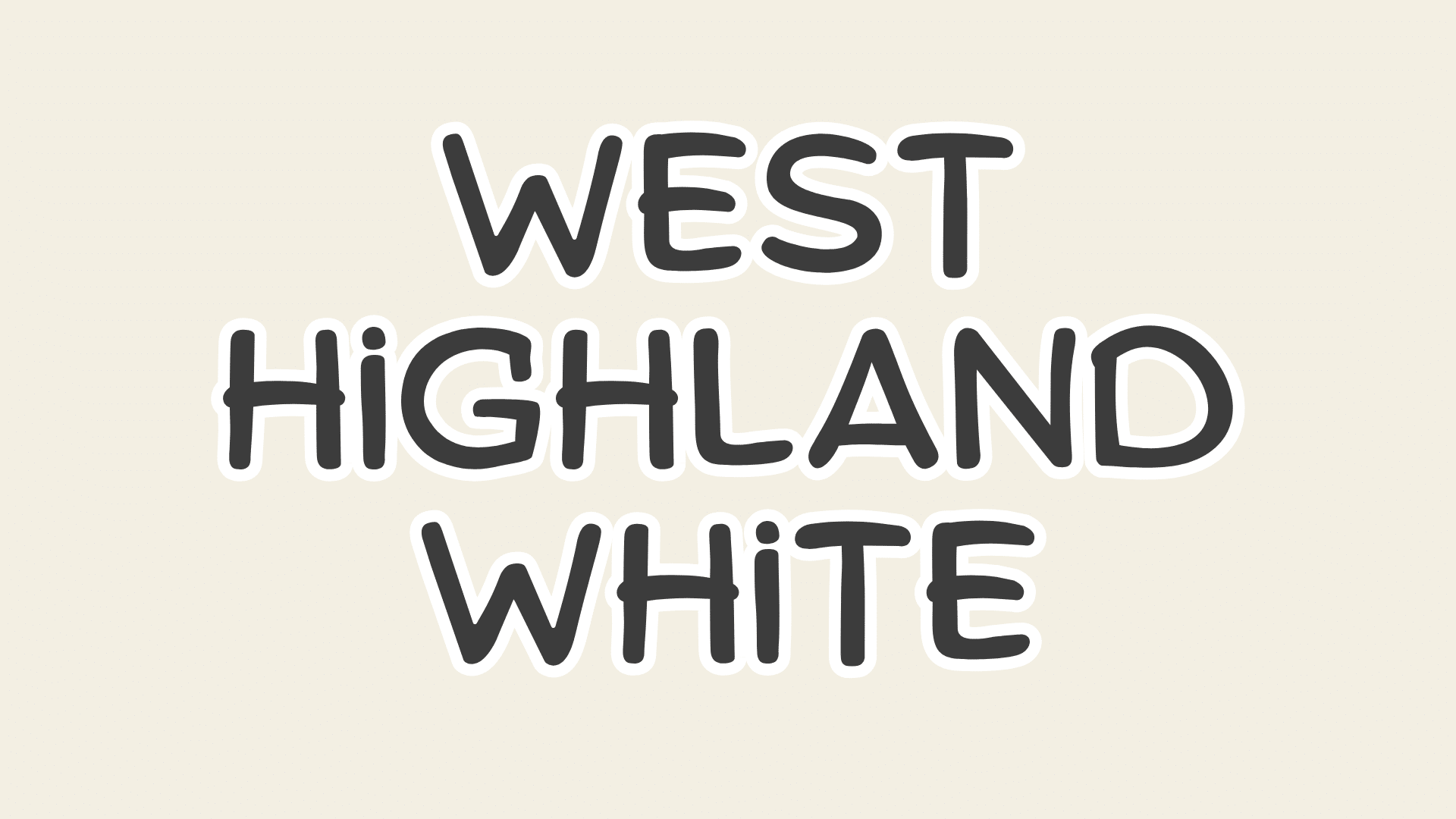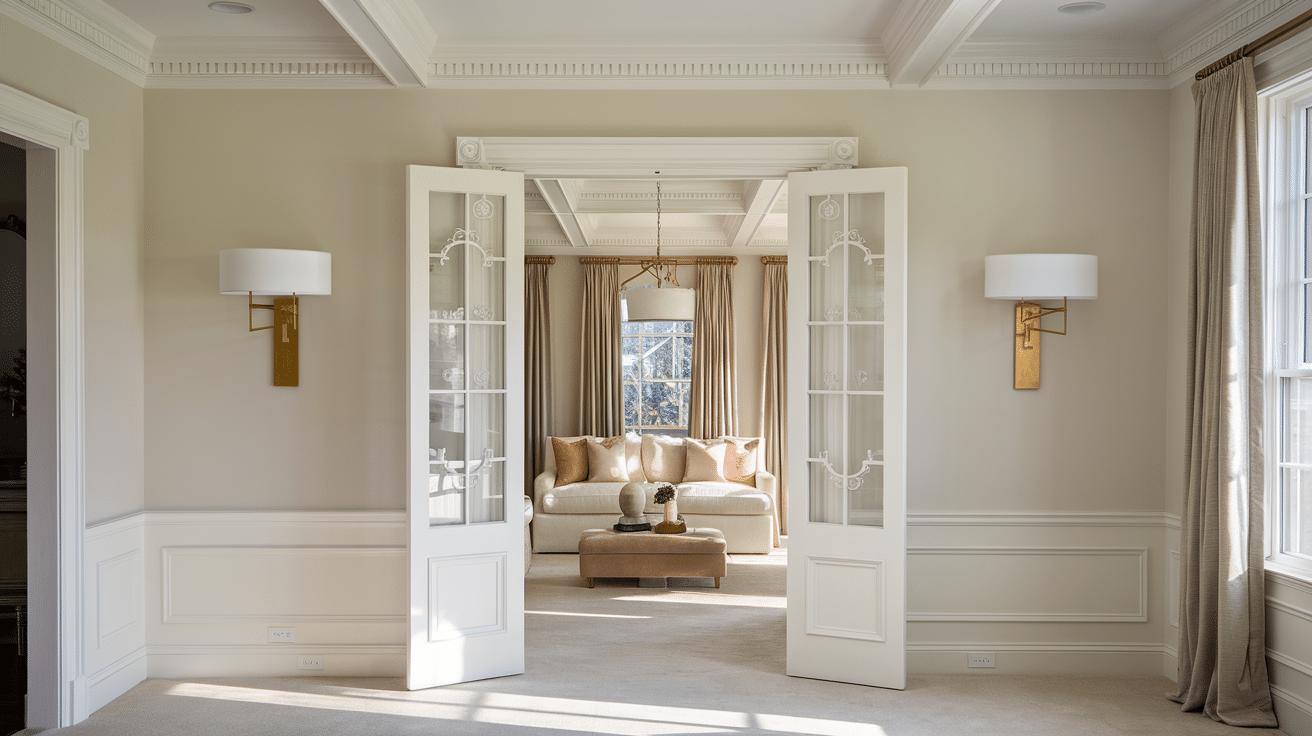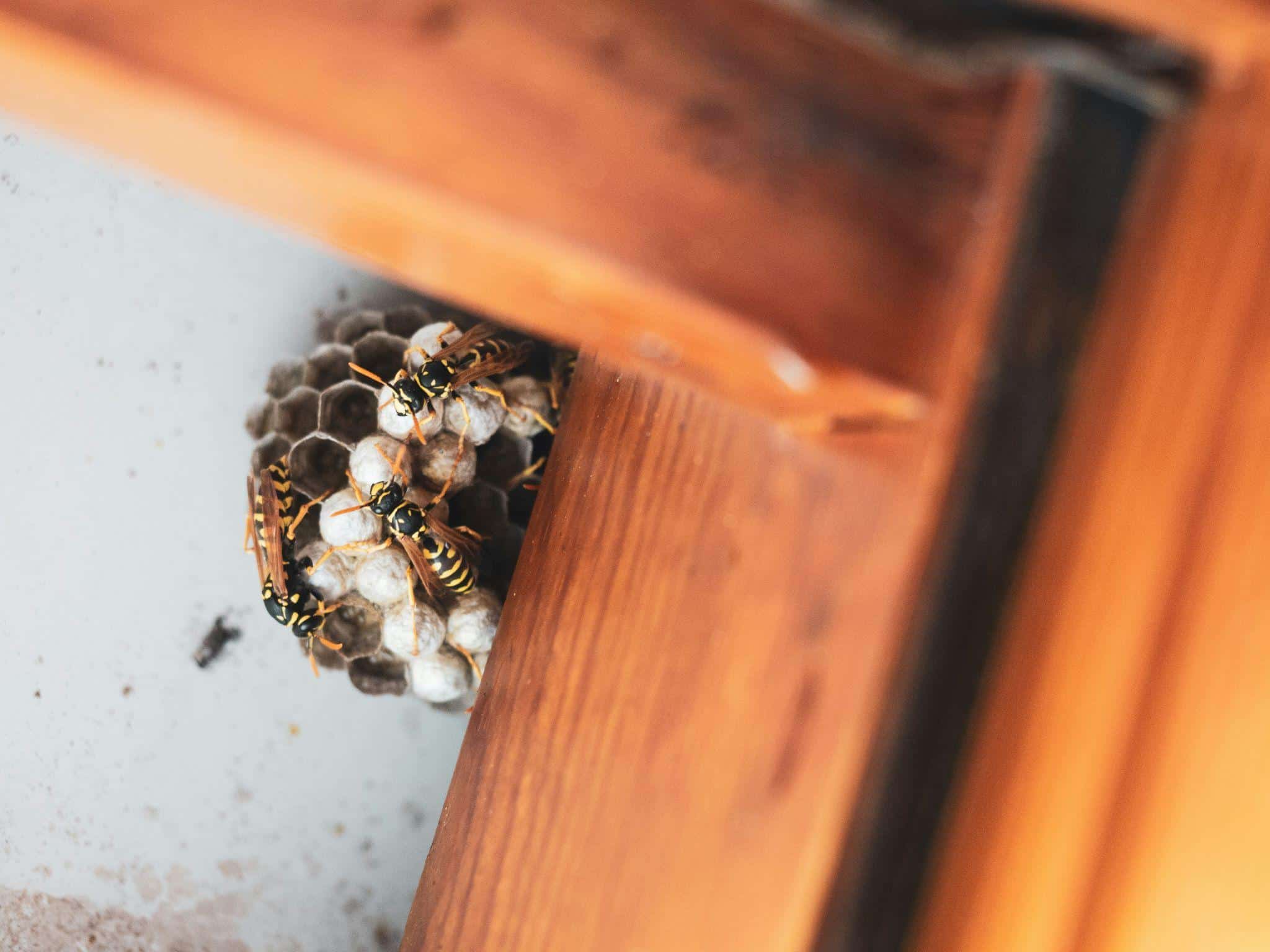In just over a decade, Westhighland white paint has gone from designer secret to homeowner favorite, earning its place among the most sought-after neutral shades in modern interiors.
This sophisticated white carries a unique warmth that sets it apart from starker alternatives.
As natural light plays across its surface throughout the day, it reveals subtle undertones that bring depth and character to any space, making it more than just another white on the wall.
From historic colonial exteriors to sleek urban apartments, West Highland white proves its remarkable versatility.
It effortlessly bridges the gap between traditional charm and contemporary minimalism, creating timeless and fresh spaces.
This adaptability and inherent dignity explain why this shade charms designers and homeowners alike.
What Makes Westhighland White Special?
West Highland white paint stands out in the spectrum of whites thanks to its perfectly balanced undertones.
While many whites can seem harsh or sterile, this shade is warm enough to feel inviting. It incorporates subtle gray hints that prevent an unwanted yellow cast.
It strikes an ideal middle ground between stark, bright whites and softer beiges, making it versatile for various design schemes. Its impressive Light Reflectance Value (LRV) of 86 sets this shade apart.
This technical measure translates to real-world impact: The paint reflects enough light to beautifully brighten spaces without creating the harsh, clinical feel that higher-LRV whites can produce.
As natural light shifts throughout the day, West Highland White responds dynamically, maintaining its welcoming presence from morning to evening.
In bright sunlight, it stays crisp without glaring; in dimmer conditions, it retains its warmth without falling flat.
Comparing Westhighland White with Other Popular Whites
| Characteristic | Westhighland White | Alabaster | Pure White | Greek Villa |
|---|---|---|---|---|
| LRV Value | 86 | 88 | 89 | 84 |
| Undertone | Warm gray | Creamy | Neutral cool | Yellow-beige |
| Brightness | Medium-bright | Brighter | Brightest | Medium |
| Best Used For | All-purpose: walls, trim, cabinets | Bright spaces, walls | Modern spaces, trim | Traditional spaces |
| Light Interaction | Balanced throughout day | It can appear stark in bright light | Maintains crispness | Yellows in warm light |
| Complementary Colors | Navy, charcoal, earth tones | Gray, taupe, white | Cool grays, black | Warm browns, beige |
| Room Compatibility | Any room, especially north-facing | South-facing rooms | Modern kitchens, bathrooms | Traditional living spaces |
Where to Use Westhighland White in Your Home
1. Perfect for Walls: Creating a Cozy & Airy Feel
Open living spaces come alive with West Highland white walls, whose unique properties create intimate and spacious rooms.
The paint responds beautifully as natural light shifts throughout the day, maintaining its welcoming warmth while brightening every corner. This adaptability makes it particularly effective in bedrooms and living areas, where comfort meets sophistication.
2. A Stunning Choice for Trim and Cabinets
Interior designers often recommend a clever trick: using West Highland white at 25% lighter intensity for trim and doors, creating subtle dimensions without stark contrasts.
This approach is especially striking when combined with dark hardwood floors or rich wooden furniture, as the paint elegantly mediates between different wood tones.
3. Ideal for Exteriors: A Warm Yet Classic Look
On exterior surfaces, West Highland white truly proves its versatility. Its warm undertones prevent that harsh, bleached appearance common to other whites while gracefully enhancing architectural details.
Pair it with classic navy shutters or charcoal accents for maximum curb appeal. These combinations create a timeless look that remains fresh year after year.
Best Color Pairings for Westhighland White
1. Coordinating Trim and Ceiling Colors
Westhighland white as your primary wall color pairs beautifully with softer whites for trim and ceilings, creating a layered look that adds sophistication to any room. The key is to select whites that complement rather than compete with the room’s unique undertones.
White Dove offers a gentle contrast that defines architectural details without harsh transitions. Its creamy undertones echo the warmth of Westhighland white while providing just enough distinction to make moldings and trim work stand out.
Chantilly Lace creates a whisper of distinction that maintains the room’s flow while adding subtle depth. This pairing works exceptionally well in spaces with abundant natural light, where the slight variations between the whites become more apparent throughout the day.
This subtle contrast for homes with historic characters helps highlight original features without overwhelming them.
2. Complementary Accent Colors
The versatility of West Highland white truly shines through its harmonious relationships with deeper tones. Warm browns, like rich walnut or cognac, create a sophisticated, modern, timeless balance.
These earthy tones ground the space while allowing the white to maintain its airy presence. Consider incorporating these browns through leather furniture, wooden beams, or textural accessories.
Muted blues – especially in navy or slate variations – offer a classic pairing that never feels dated. These sophisticated blues can be introduced through textiles, artwork, or cabinetry, creating a timeless color story that works in traditional and contemporary spaces.
The combination feels especially fresh in coastal-inspired interiors or rooms where you want to create a sense of calm sophistication.
3. Best Flooring and Furniture Choices
One of West Highland white’s greatest strengths is its ability to complement virtually any wood tone, making it an exceptionally versatile choice for homes with varying flooring types. Light oak floors create an airy, Scandinavian feel that brightens the entire space.
This combination works particularly well in rooms where you want to maximize light reflection and build a sense of spaciousness. The subtle warmth of both materials prevents the space from feeling sterile.
Darker woods like mahogany or ebony provide stunning contrast, adding drama and sophistication. This bold pairing works especially well in formal spaces like dining rooms or studies, where the contrast creates a sense of gravitas without feeling heavy and balances these darker elements with lighter furniture pieces or accessories to maintain visual harmony.
Conclusion
Do you know what makes Westhighland white so special? It’s like that perfect white shirt in your closet—classic, versatile, and always dependable. After exploring all its qualities, it’s clear why this shade has become a go-to for designers and homeowners.
But here’s my best advice: take your time with those sample boards. Watch how it changes from your morning coffee to evening relaxation. This observation will confirm whether it’s the right choice for your space.
Remember, being unsure about trim combinations or accent colors is perfectly normal. Start small—maybe in a guest bath or home office.
Westhighland white is forgiving enough for experimentation and reliable enough to consistently deliver beautiful results.
Ultimately, it’s not just paint – it’s about creating a space that feels like home.












